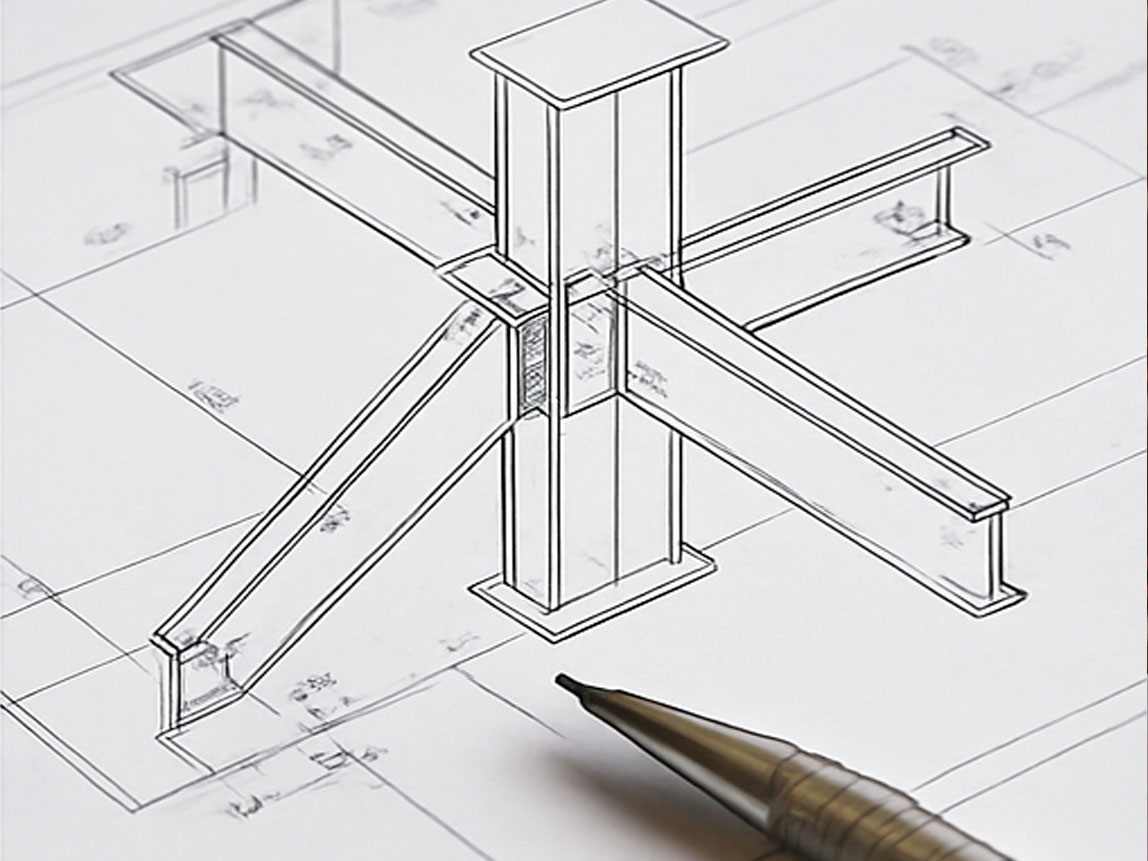Let's find what your project needs

Structural Engineering
Structural engineering focuses on the safe and efficient design of buildings and civil structures such as bridges, towers, industrial facilities, and infrastructure systems. It combines principles of physics, mathematics, and material science to ensure that structures can withstand the loads and stresses they encounter throughout their lifespan.
Structural engineers analyze how forces such as gravity, occupancy loads, earthquakes, and wind affect a structure, and they develop solutions that optimize strength, stability, and durability.
Their work is essential in creating structures that not only perform well but also meet regulatory standards and achieve architectural intent.

Structural Steel Detailing
Structural steel detailing involves preparing the detailed fabrication drawings and erection plans required for manufacturing and assembling steel components.
This discipline bridges the gap between engineering design and construction by transforming structural engineering plans into precise, shop-ready documents.
These drawings specify dimensions, materials, connections, and welding details, allowing fabricators and contractors to manufacture and install steel elements accurately.
High-quality detailing enhances efficiency, reduces errors, and helps ensure that steel structures are built according to design specifications and industry standards.

Wind Engineering & Modelling
Wind engineering and modelling focus on understanding how wind interacts with structures and how those forces influence safety and performance.
Using computational tools, simulations, and sometimes wind tunnel testing, engineers evaluate wind pressures, dynamic responses, and potential aeroelastic effects on buildings, towers, and bridges.
This analysis is crucial for tall or slender structures, which can be particularly sensitive to wind-induced vibrations.
By accurately modelling wind loads, engineers can design structures that are both resilient and comfortable for occupants, while also optimizing material usage and meeting code requirements.
